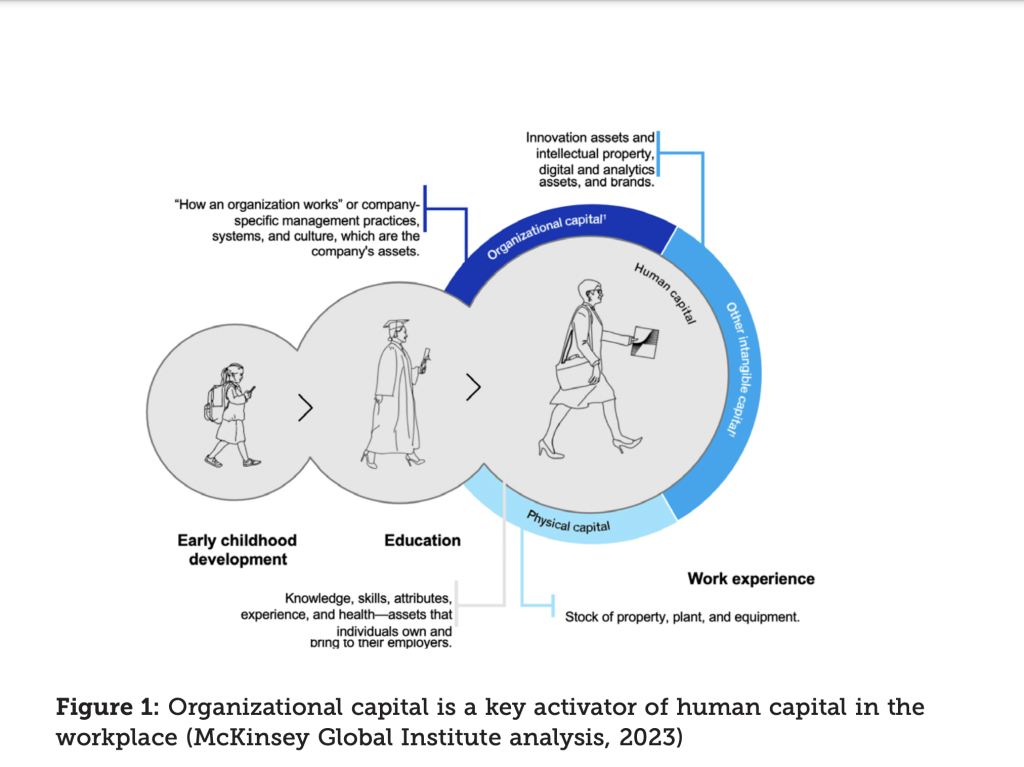By Sarah Aldabl
HCM Team Member


In the commercial environment of today the success of a company depends on its capacity to harness and use its most important asset—its workforce—. The strategic method, known as human capital management (HCM), enables businesses to maximize the potential of their workforce. In this article, the dynamic world of HCM is explored, outlining its essential elements and highlighting their critical importance. In addition, examining the methods businesses may use to efficiently manage their human resources. From hiring and choosing employees to providing training, and managing performance. Furthermore, it examines methods to encourage employee engagement, shed light on the crucial relationship between human capital and innovation, and revealing how encouraging a culture of ongoing learning and cooperation can accelerate organizational progress. In addition to navigating HCM problems, solutions are offered, with a strong emphasis on integrating technology, adjusting to remote and flexible work settings, and encouraging diversity and inclusion.
The term “organizational capital” refers to tools for effective communication, motivation, training, and mission statements. Management responsibilities, performance requirements, and office layout are critical. In many businesses, organizational capital—which is defined as an investment in systems and procedures—can be just as valuable as physical capital (McKinsey Global Institute analysis, 2023).
Human capital is the information, skills, experience, and creativity that people provide to a company. It represents the group’s combined emotional and intellectual capabilities. Thus, it is essential to understand its importance. After all, each organization’s engine is its human capital. Expertise, dedication, and resilience are what enable ground-breaking inventions, customer happiness and problem-solving. The success of a company may depend on its capacity to manage and maximize people’s capitals.
Furthermore, human capital is the driving force behind an organization’s success and is not just a resource. Employees with talent and drive who are supported and developed contribute considerably to the expansion and competitive advantage of a business. Consider companies such as Google and Apple, which are well-known for both their goods and capacity to draw in and hold on to the best talent. Their success is proof of the importance of human capital in determining the future. A productive workforce is built on the foundation of effective recruitment and selection, and companies must match their hiring procedures with their strategic goals. Long-term success can result from hiring people who not only have the necessary talent but also fit the culture of the company. For instance, a company’s recruitment strategy should focus on creative thinkers who share their commitment to innovation.
Maintaining human capital skills is primarily dependent on continuous learning. Employers who make training and development investments provide their staff with the tools they need to adapt to changing market conditions. These programs ensure that human capital remains a valuable asset by improving technical skills and by offering leadership training.
Clarity surrounding expectations is provided by a well-structured performance management system that provides frequent feedback. Employees are encouraged by this transparency, which also enables them to better match their efforts to the objectives of the company. Effective performance management systems lead to increased productivity and better-informed decision- making.
Engagement among employees encourages dedication, innovation, and productivity. Engagement plays important role in lowering attrition rates and increasing innovation in an organization. Human capital is crucial for innovation and is necessary for growth. Organizations can tap into a wealth of ideas from their employees by fostering a culture of inquiry and creativity.
Employers who value learning environments are more adaptable. An organization’s flexibility and competitiveness are increased by offering opportunities for skill development, online courses, and acknowledging learning accomplishments. Silos are broken down, and insight exchange is made possible by fostering teamwork and knowledge-sharing. This is possible through cross-functional meetings and collaboration platforms.
On the other hand, the challenges of managing human capital include managing diverse workforces, employee fatigue and talent retention. From application tracking to performance analytics powered by artificial intelligence, modern HCM depends on technology for efficient operations and meaningful data, such as chatbot. These technologies have improved the management of human resources. Remote and flexible employment options are changing workplaces. Teams are more cohesive in organizations that invest in clear communication and infrastructure for remote work. A Stanford study involving about 2,500 US citizens found that 55% of workers prefer flexible schedules for work and home. 58% of workers who work from home have started using workplace collaboration technologies more than they were a year ago
(Quixy, 2023). Innovation is fueled by workplace diversity, but managing it calls for commitment to equity and inclusivity. Organizations may effectively embrace diversity with the aid of diversity and inclusion training, mentorship programs, and various hiring policies.
The strength of human capital is an unstoppable force in a dynamic corporate environment, and is key to organizational performance. We have gone into the fundamental elements of HRM, from the fine art of hiring and training to the development of collaborative and innovative workplace culture. Despite these difficulties, it is clear that those who invest in their employees will prosper in the long run. Human capital goes beyond being just a resource; it is the transformative force driving enterprises to previously unimaginable heights. Organizations that harness this potential, accept change, and commit to diversity will not only survive but also thrive, creating a legacy of enduring success, which is plainly obvious in the future.
References
Quixy. (2023). 50+ essential hybrid workplace statistics to know in 2023.
McKinsey Global Institute analysis. (2023). Performance through people.

